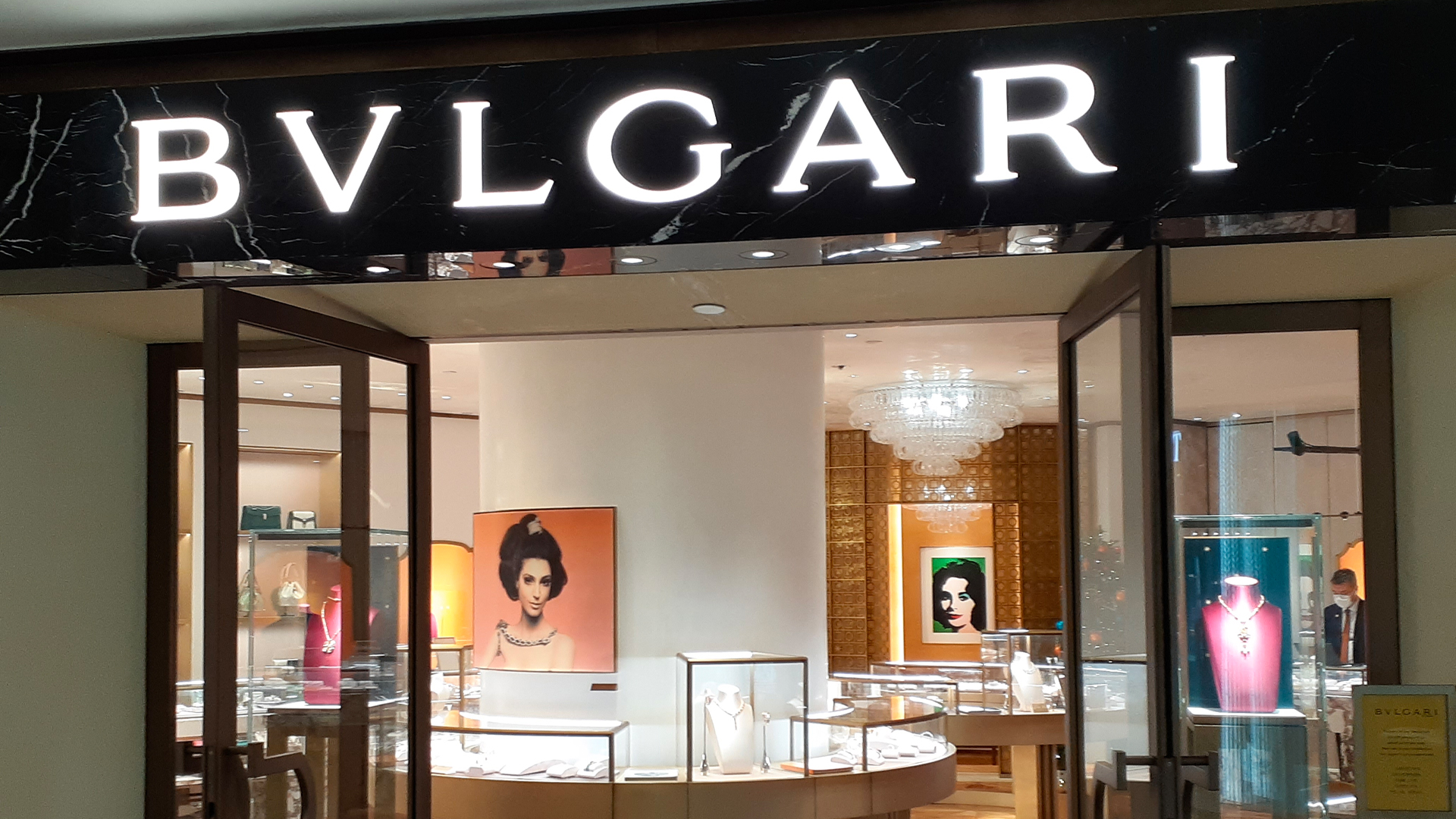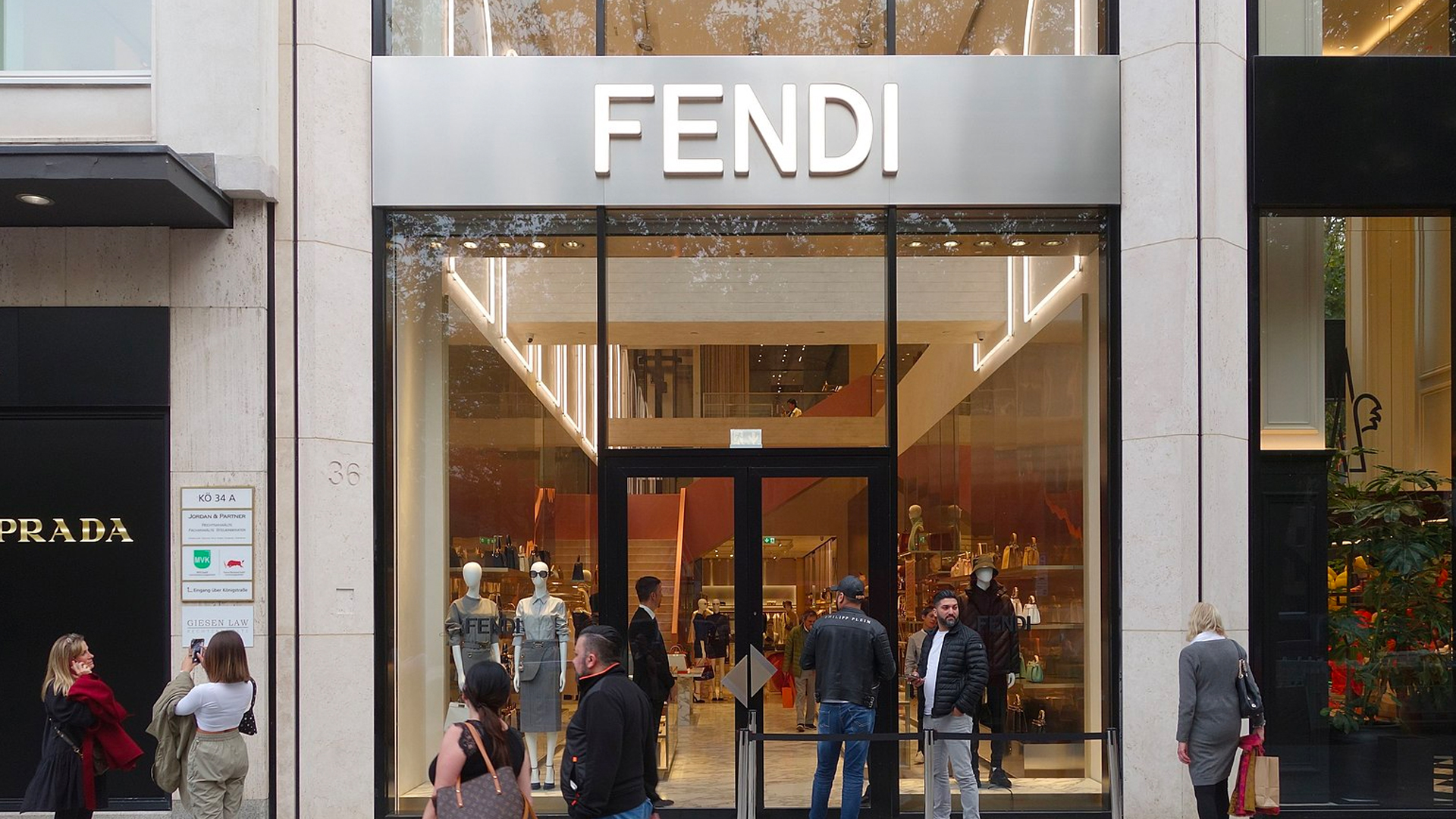No one truly understands fashion like the Italians. From the glamor of Gucci to the sophistication of Prada, the Mediterranean peninsula has secured its place in the luxury fashion world. Italian luxury items know how to unapologetically make an entrance and redefine the style agenda on their own terms. Four of Italy’s oldest fashion houses are legends that have beautifully combined stylish and timeless designs for the world to enjoy.
Bulgari

Founded in Rome in 1884 by Greek silversmith Sotirio Bulgari, the brand earned a reputation for Italian excellence with exquisite craftsmanship and elegant jewelry designs. The trademark is usually written BVLGARI in the Latin alphabet and it is derived from the Greek surname of the company's founder, Sotirios Voulgaris. In 1905, he unveiled the famous Via Condotti shop that became the company's flagship store. In its early years, Bulgari was known for silver pieces that took elements from Byzantine and Islamic art. The Bulgari empire has since grown to design luxury creations like jewelry, watches, fragrances, and leather goods. In 2001, Bulgari formed a joint venture with The Ritz-Carlton Hotel Company to launch Bulgari Hotels & Resorts, a distinct collection with Italian designs around the world.
Prada

Founded in 1913 by Mario Prada and his brother Martino, Prada was merely a leather goods shop in Milan that sold animal goods, imported English steamer trunks and handbags. Mario did not believe women should have a role in the business so he did not allow any female family members to work for the company. However, with no interest in the family business from his son, it was his daughter Luisa who succeeded her father. Prada has been run by Miuccia Prada, Luisa’s daughter, since the 1970s. In 1977, Miuccia Prada met Patrizio Bertelli, a young Italian with his own leather goods business, who joined the Prada family business. His partnership with Miuccia took the brand in a new direction. Miuccia’s sophisticated creativity and Bertelli’s entrepreneurial intuition expanded the business to be a global luxury fashion house. Prada's originality made it one of the most influential fashion houses and the brand became a premium status symbol in the 1990s.
Gucci

In 1921, Guccio Gucci founded Gucci in Florence where he sold imported leather luggage. He also opened a small nearby workshop to have his leather goods made by Florentine craftsmen. Guccio’s son, Aldo became more involved in the family business since he started working there in 1925. He wanted his father to grow the business and convinced him to open a new shop in Rome in 1938 where they launched more Gucci accessories like gloves, belts, wallets, and keychains. Under the direction of Aldo Gucci, he turned the brand into a global sensation and an icon of the Italian Dolce Vita period. If you’ve seen the movie House of Gucci then you know family drama and scandal surrounds the fashion house. However, despite the family feuds, Gucci has solidified its place in the Italian luxury fashion world.
Fendi

Launched in 1925 by Adele and Edoardo Fendi, Fendi was a fur and leather shop based in Rome that became a popular destination for tourists. The second generation of Fendi, the 5 daughters, joined the family business in 1946 and future fashion mogul, Karl Lagerfeld joined Fendi in 1965. He became the creative director for the fur and women's ready-to-wear collections which launched in 1977. Lagerfeld worked closely with the Fendi daughters to continue to innovate the brand's products and the designs ultimately became even more creative, unique, and desirable. The brand has evolved and stayed at the forefront of luxury fashion, constantly innovating but still staying true to its Italian roots.
Arianna DiCicco
Arianna DiCicco is an educator and writer from California, born into an Italian American restaurant family with strong ties to her grandparents’ home in Abruzzo, Italy. She has lived in San Francisco, Rome and New York City where she’s made deep connections within the Italian communities and gained new perspectives about her own culture. With a Masters in International Education, Arianna has a love and passion for learning and educating others about Italian history & culture.

